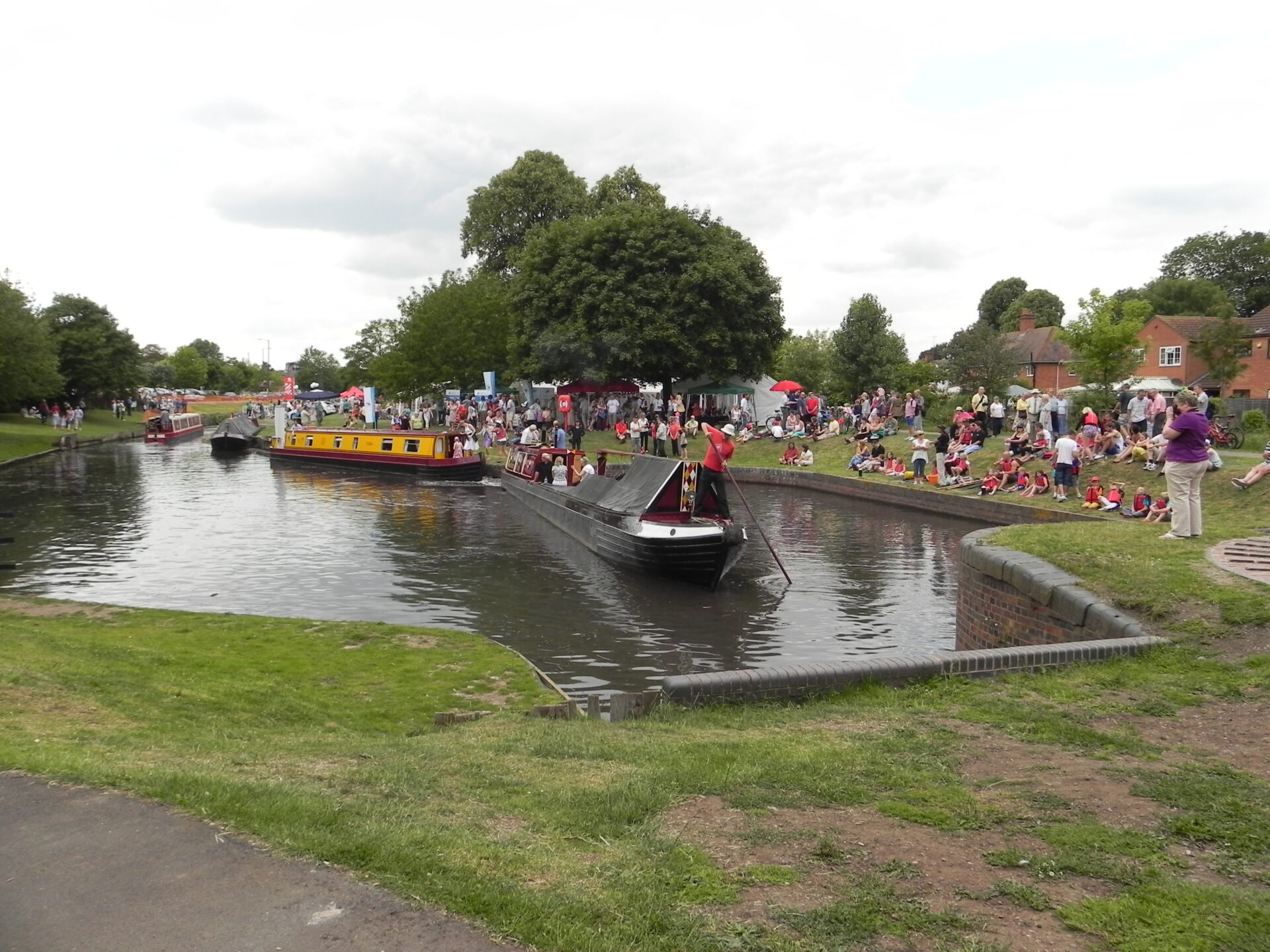How Waterways Can Help
Some 5,000 miles of waterways across England, Scotland and Wales provide a national infrastructure network that is proven to benefit Britain’s economy.
Boat-based tourism and leisure activities contribute £2.5bn to the UK economy each year, through local and often family-run waterway businesses. The economy of a local area benefits still further, with people on day trips or boat holidays visiting pubs, cafés, shops and tourist attractions.
Improvements to navigable waterways and the restoration of up to 500 more miles offer significant potential for increasing this. A 2011 study found that even a rural canal with low boat numbers can create £93k per mile (£58k per km) of potential gain in benefits each year. This figure is even higher for an urban canal with high boat density, at £225k per mile (£140k/km).
Our waterways and their heritage are a huge draw for international tourism, and this will recover with the relaxation of Covid travel restrictions. Meanwhile, the popularity of boating holidays has increased since the pandemic, with people looking for something different to do on their UK-based vacations, and spending money in local areas in the process.
These benefits can only be realised if waterways are well maintained and looked after. It is essential they receive adequate funding and investment from Government.


